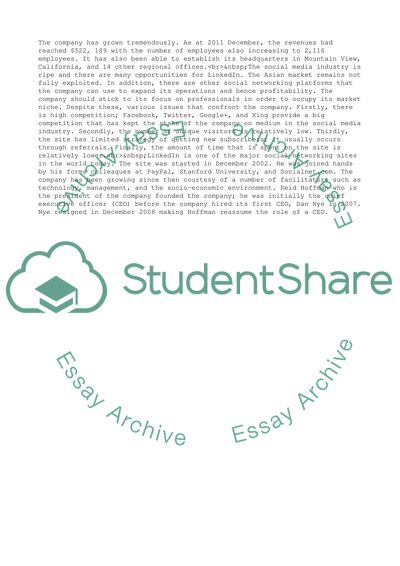Cite this document
(“Capabilities and Resources of LinkedIn Case Study”, n.d.)
Capabilities and Resources of LinkedIn Case Study. Retrieved from https://studentshare.org/management/1638273-linkdin-2012-case-study
Capabilities and Resources of LinkedIn Case Study. Retrieved from https://studentshare.org/management/1638273-linkdin-2012-case-study
(Capabilities and Resources of LinkedIn Case Study)
Capabilities and Resources of LinkedIn Case Study. https://studentshare.org/management/1638273-linkdin-2012-case-study.
Capabilities and Resources of LinkedIn Case Study. https://studentshare.org/management/1638273-linkdin-2012-case-study.
“Capabilities and Resources of LinkedIn Case Study”, n.d. https://studentshare.org/management/1638273-linkdin-2012-case-study.


